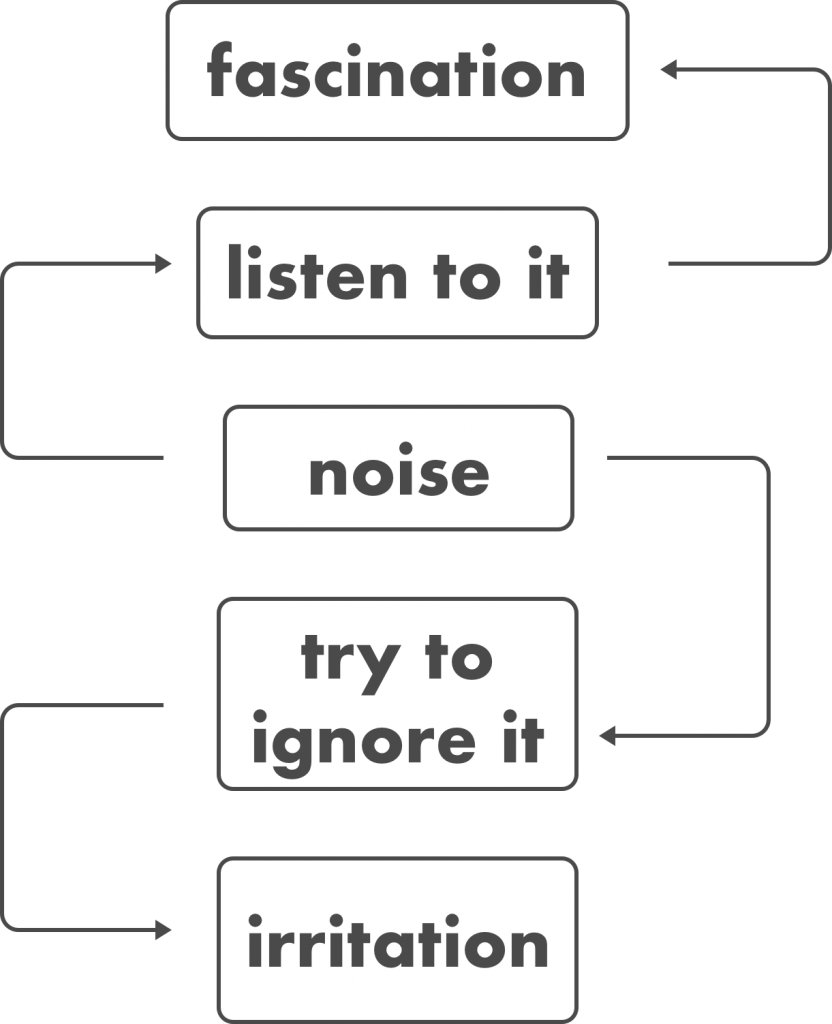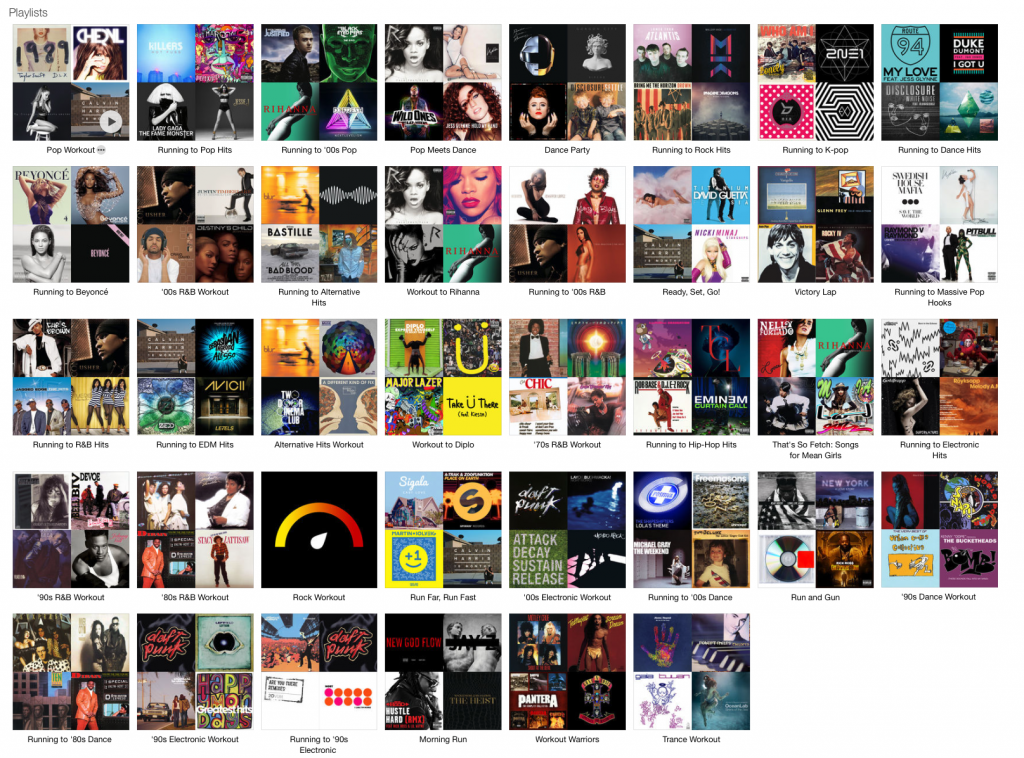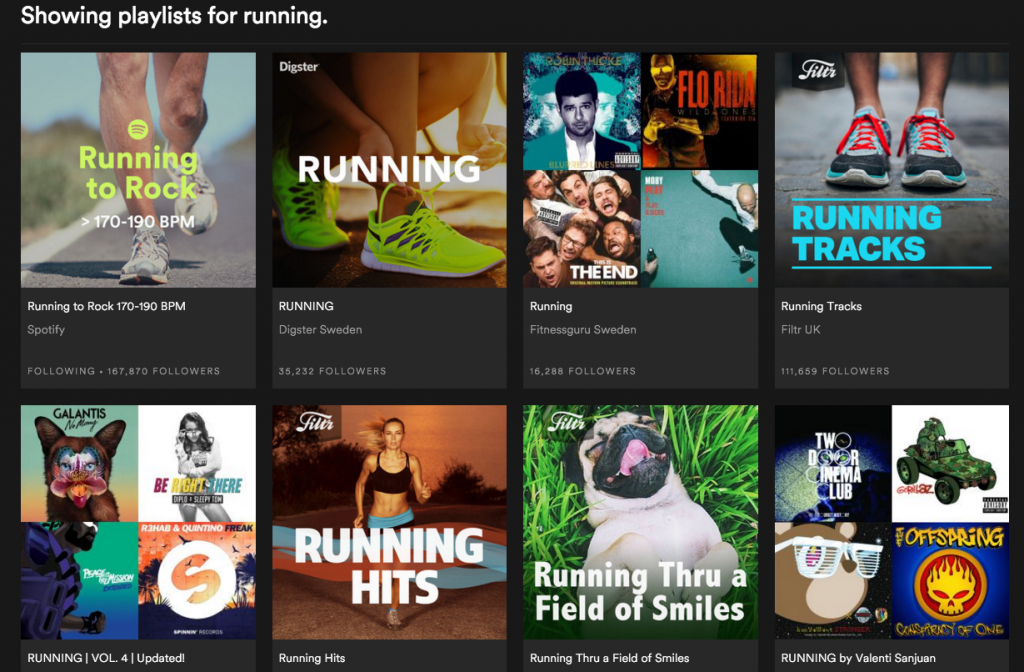Enroute to uploading a video on Youtube I enjoyed a slight diversion in the form of a master class on Schlossberg by one of my favorite people, the late Thomas Stevens. As things go, this lead to listening to the below playlist of which I am sure I have played each piece many many times in my youth.
Posts in Category ‘Music and Sound’
Love Me – The Detonator
I’m really enjoying the sound design from this episode of CBC’s Love Me podcast. The subject matter is not my bag, but I could listen to it again and again just for the sound.
以夢為馬
朱婧 music was on just about every playlist I was listening to a few years ago but during the mess that occurred when I transferred my Apple account from Taiwan to Canada I lost all of her music until she resurfaced under the weird pinyan name of June Zhu or Zhu Jing. Much of her early music found on Chinese Youku or elsewhere were beautiful Yunnanese folk songs sung to throngs of adoring fans. Her music in this collection was perfect for learning Mandarin, I discovered her from an episode of Popup Chinese, and sitting back and day dreaming.
For twenty-five centuries the Western culture has tried to look at the world. But it hasn’t understood yet that the world is not to see, it’s to hear. It is not to read, it’s to listen to. Our science always wanted to control, count, abstract and limit the senses, forgetting that life is noise and only death is silence.
Pivato, Il secolo del rumore, Il Mulino, Bologna 2011, p. 8. via The Dialectic Of Noise. An Aesthetic Perspective
Todays playlist
Today’s playlist comes from the weirdness that is Dev’s on Hulu.
Today’s lunchtime listening
I used to massacre this in my younger trumpet playing years.
Baby Face

I don’t remember exactly when this photograph was taken but I would guess it was more than a few years ago.
The act of playing a brass instrument is amazingly simple*, you simply breathe and create, or wind and song to quote Arnold Jacobs. But this simplicity in action and thought, hides a life time of struggle, study, and practice. Once you get to that point it’s meditative; nothing brought me focus like my morning warmup (running comes pretty close).
*A simplicity I miss greatly as I struggle to understand Facebook’s befuddling page management UI. How is it possible to make something so complex when you have legions of talented well compensated people working for you? Complexity by design is the only answer I can think of.
Today’s Playlist
Nondescript easy to ignore while blocking out distractions kind of music.
Ryuichi Sakamoto Trio – Merry Christmas Mr. Lawrence
Christmas feels quite a bit more mellow this year for me, with less of the excitement of last year, and none of the flashiness that we experienced in Asia.
Alba Armengou
I found this wonderful young artist on Instagram which shows I think that there is still some hope for the platform, at least in artist discovery.
This is something that I find is missing from my life, good music curation, like what we used to have when you had a circle of friends who would share mix tapes or you could walk into Sam The Record Man on Younge Street in Toronto and listen to an LP (or talk to the excellent staff). Apple Music is great, all the music you could listen to at any time you want, but it’s curation never quite makes it for me. And the whole experience of finding an artist to listen feels unsatisfying. We need more human like or social curation from those around us.
One thing I have been talking about lately is how friction in experience results in more intention. Buying an LP at a record store requires time, space and money. This requires more thought on your part and as such should result in better more considered choices. It’s difficult to have value when everything is unlimited.
Instagram seems like the perfect place to have found Alba Armengou – her Instagram account isn’t filled with the usual my life is perfect presentations – the image she portrays seems an important part of the impression I have of her art.
A Rita
Every once in awhile Youtube’s algorithm takes a break from recommending me a constant stream of Jordan Peterson clips, to serve up something of value. What a gem!
Ave Generosa
I came home last night to the sounds of the above song being played loudly by my daughter Catriona. What a delightful change this is from her current obsession with Korean Pop.
This I owe in no small part to her participation with Harmonia, a local all girls choir, and their recent series of concerts they performed with Sirens. Sirens performed Ave Generosa as part of their program.
Beautiful music, perfect for the season.
Noise

Wherever we are, what we hear is mostly noise. When we ignore it, it disturbs us. When we listen to it, we find it fascinating.
John Cage, Silence
Hsinchu Field Recordings
Almost 12 years ago I was creating a number of sound art and interactive art installations which required me to go out and do some field recordings. My equipment was relatively crude but the end result didn’t depend on high-fidelity. I’m not really sure how I feel about those pieces now, lots of discordance and general noise. I guess much like my trumpet playing from years prior.
Going through my old work archive I found a number of the source files, some of which I have shared below:
Some of the above will sound familiar to anyone who has lived in Taiwan for any length of time. All sounds were recorded in Hsinchu City.
Apple music curation can’t compare to Spotify

A simple search for running playlists results what on the surface looks like a good selection but doesn’t come close to matching Spotify’s offering.

A simple search for running playlists results in a large variety. A seemingly endless scroll of options. Of note is that Spotify offers playlists to match your pace and you can find selections created for an event itself. I found some great music created for the Toronto Marathon.
My music listening habits have changed greatly over the years, no doubt influenced by the change from LP’s, to CD’s, later mp3’s, and now sadly music subscriptions. What was once a slow and deliberate activity has been replaced with decisions made by others. Gone are the days of creating mix tapes, and playlists in iTunes, managing music in iTunes is a unwieldy mess, and cassette tapes have all but vanished.
My music curation or play lists are largely now framed around an activity. Running is the most common, with work and background noise following. With this kind of listening its’ great to have someone recommend some tracks, something that used to be pretty common with cassettes, as it helps me discover music I might never have found otherwise. And it saves a great deal of time. While I could suggest a list of tracks that would make a great background ambience for a coffee shop, or dinner music, I would be hard pressed to suggest a playlist to help you focus.
Spotify absolutely excels at this, and despite a pretty decent display above, Apple Music fails to produce anywhere near the quantity, variety, and arguably quality. I’ve found Apple Music pretty difficult to understand from the very beginning, not just because the iOS and desktop apps UI are rife with issues, but because the curation was so strongly for someone other than myself. I’ve entered my preferences and they know my listening habits, so why are they still giving recommendations for music so far from my interests? Where are the extensive curated playlists? Their radio offering I’m sure appeals to a large crowd but they aren’t people who I have met.
Which is fine. A strong voice alienates some but appeals to many. Somehow Spotify has managed to bridge this gap by their extensive and superior curation, some by Spotify but much by others. Though they have failed every time they have tried to create a social aspect to their products (outside of iMessage which is a great success), perhaps Apple could try the same.
Experibass
Few weeks ago I visited a luthier looking for instruments parts, I had an idea in mind for an instrument I wanted to build. My curiosity was to hear the sound of violin, viola and cello strings amplified through the body of a double bass. I came up with a quadruple-neck experimental “something” that I thought to call Experibass.
To play it I used cello and double bass bows, a little device I built with fishing line and hose clamps, a paintbrush, a fork, spoons, a kick drum pedal and a drum stick. I hope you’ll like it!
Via swissmiss.
John Cage about silence
Genius.
Sour’s ‘Hibi no Neiro’
This music video was shot for Sour’s ‘Hibi no Neiro’ (Tone of everyday) from their first mini album ‘Water Flavor EP’. The cast were selected from the actual Sour fan base, from many countries around the world. Each person and scene was filmed purely via webcam.
Fun! Via.
Dipping Duck Orchestra (2007)
Music randomly generated by dipping ducks. Using the basic parts of a keyboard, each duck is hooked up to a note of the octave. As their beak touches the water in the glass the circuit is completed and the sound is produced. Kitty Clark
Making music with an iPhone, iPod Touch, and Nintendo DS
Neither musically nor technically compelling but it certainly illustrates some interesting possibilities.
Music from Sand
Diego Stocco turned sandbags from his backyard into a wonderful sound design experiment.
The entire track is created only out of tuned sand tones. No additional sounds or waveforms.
I emphasized the inner notes of the sand grains and mapped them on a sampler as a series of instruments. The grooves are all played live with various techniques, including taping two piezo films to my fingers.
Take It With Me
A bell is a bodhisattva
During retreats Thay (Thich Nhat Hanh) encouraged participants to give calm, bright-eyed attention to each daily activity, whether eating a meal, drawing a Buddha, or just walking quietly, aware of the contact between our foot and the earth which supports it. In order to encourage this kind of mindfulness, a ‘bell master’ sounded a large bell regularly, and everyone stopped their activity, breathed three times, and recited silently, ‘Listen, listen, this wonderful sound brings me back to my true self.’ ‘A bell is a bodhisattva,’ Thay said, ‘It helps us to wake up.’ Peter Levitt, 1988
Sounds of Taiwan
This morning I registered the domain soundsoftaiwan.org. The .com, which for some reason I like more, is in use by Ring of Fire Music, a company commited ‘to searching out and bringing the best and most authentic traditional and modern musical currents of Taiwan to the world’. I like their catalogue.
Let us cross a great modern capital with our ears more alert than our eyes, and we will get enjoyment from distinguishing the eddying of water, air and gas in metal pipes, the grumbling of noises that breathe and pulse with indisputable animality, the palpitation of valves, the coming and going of pistons, the howl of mechanical saws, the jolting of a tram on its rails, the cracking of whips, the flapping of curtains and flags. We enjoy creating mental orchestrations of the crashing down of metal shop blinds, slamming doors, the hubbub and shuffling of crowds, the variety of din, from stations, railways, iron foundries, spinning wheels, printing works, electric power stations and underground railways. Luigi Russolo
Five years ago or more I started to pay more attention to the sounds around me as I went about my daily routine and when I was on my frequent explorations around Hsinchu for 35togo. As odd as it may seem I started to enjoy the noise of my neighborhood and thought of all the mechanical sounds as music of sorts. ‘Too make a long story short’, this interest lead to a number of sound art installations, one of which featured hundreds of sound samples (or field recordings to use the proper parlance), but though wanting to continue the work I have as yet not had the ‘itch’ to do so.
If I can afford the some digital recording gear, I hope to create a library of sounds of Taiwan. It will be interesting to se where it leads.
Xavier Vochelle’s Audio CV
I am really digging Le cv audio de Xavier Vochelle.
Open Source DIY MP3 player

Wow, the Sakura open source MP3 player kit opens up all kinds of possibilities for installation projects.
For around $30 in parts and a good amount of patience, you can have a completely open source and hackable mp3 player ready to go. It can be modified to accept serial commands, be embedded in an art project, used as the voice of your next smart talking robo-sidekick, or filled with music and used as is. Put in whatever size card you want, up to the theoretical limit of the MMC format! All the source and schematics are here for free as part of the Creative Commons. I have kits available if you don’t feel like scavenging for the parts yourself.
The Sakura: The World’s Simplest Open Source DIY MP3 player!
Sound Bomb

Soundbombs have an integrated sound module, triggered by a motion detector that blurts out a comment when someone passes by. The practical and gag applications for this are endless. I love it.
B!AS-International Sound Art Exhibition
I sorely missed a big event this past weekend in Taipei as Maywa Denki was performing at Luxy as part of the B!AS-International Sound Art Exhibition. I had no idea that particular exhibition and its associated YAGEO Sound Art Prize was taking place. It’s a pity for me as I have a number of works that fit that I would have entered. How does one find out about these events in Taiwan? The exhibition itself runs 9/24-11/20 at the Taipei Fine Arts Museum. Here is part of the press release in case it disappears into that Taiwan website wasteland (edited for encoding but not language).
“Since the 1990s, the use of the Internet has been a common platform for the collaboration and the sharing of resources in sound art; hence providing great access for international networking. From the individual experiments of combining technology and music in the Western world decades ago to today’s application of artificial intelligence, audio-visual collage and the exploration and practice of the aesthetics of error (incorrect use of software), sound art has become a crucial trend in the new media art and part of modern living. Through the global sound art community and network, YAGEO Sound Art Prize will encourage the sound artworks in all forms, including analogue, digital, the Internet, etc., whilst seeking the most inspiring sound art pieces with experimental, innovative and visionary quality.
YAGEO Sound Art Prize is also the first promotional campaign for “B!AS- International Sound Art Exhibition.” Curated by Jun-Jieh WANG and Wen-Hao HUANG, “B!AS” will open at Taipei Fine Arts Museum on September 24th. The show will exhibit a number of masters works, including German sound art guru Christina Kubisch, Acer Digital Arts Award first prize winner Edwin Van Der Heide from Holland, and new media art master Paul De Marinis, who specializes in large-scale public interactive installation. The young Spanish art group Alejandra & Aeron will be invited as visiting artists by the organizer. They will not only be on the jury for YAGEO Sound Art Prize will also create a “sound garden” (made of the unique sounds in Taipei), which will be exhibited in “B!AS.”
Press Release
Event Website
Quietplease!
Taipei Fine Arts Museum
The Freesound Project
“The Freesound Project aims to create a huge collaborative database of audio snippets, samples, recordings, bleeps, … released under the Creative Commons Sampling Plus License. The Freesound Project provides new and interesting ways of accessing these samples, allowing users to
- browse the sounds in new ways using keywords, a “sounds-like” type of browsing and more
- up and download sounds to and from the database, under the same creative commons license
- interact with fellow sound-artists!
We also aim to create an open database of sounds that can also be used for scientific research. Many audio research institutions have trouble finding correctly licensed audio to test their algorithms. Many have voiced this problem, but so far there hasn’t been a solution.”
Ten Questions for a Listener
“In the context of Acousmatic Music, composers often fail to consider the social background or imagery of the sounds they employ. The dominant tradition of musical abstraction, in fact, encourages the destruction of social referentiality altogether. Through exercises such as this one, it is hoped that composers of Acousmatic Music can develop a broader awareness of the sounds within reach of a field recorder. Microphones, after all, should not be kept immune from capturing the social context surrounding a desirable source-sound.”
Darren Copeland: Ten Questions for a Listener
